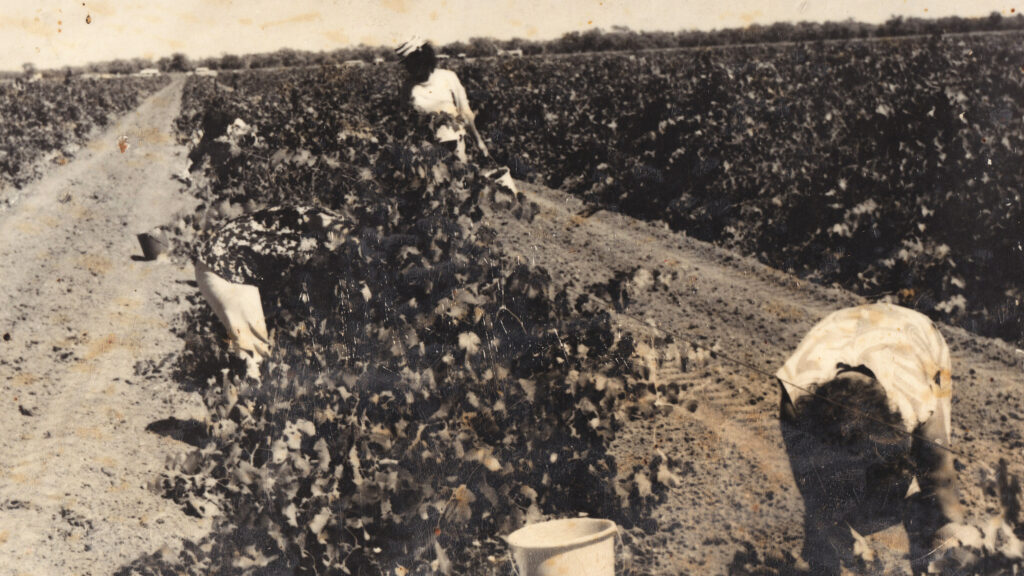
The crowning of cotton as king in the Namoi is widely credited to two Americans who arrived in the 1960s, but cotton was first discussed as a crop with potential forty years earlier. In 1921, the Imperial Cotton Committee investigated the land around the Namoi River. When nothing resulted following the visit, there were calls […]
Read More…
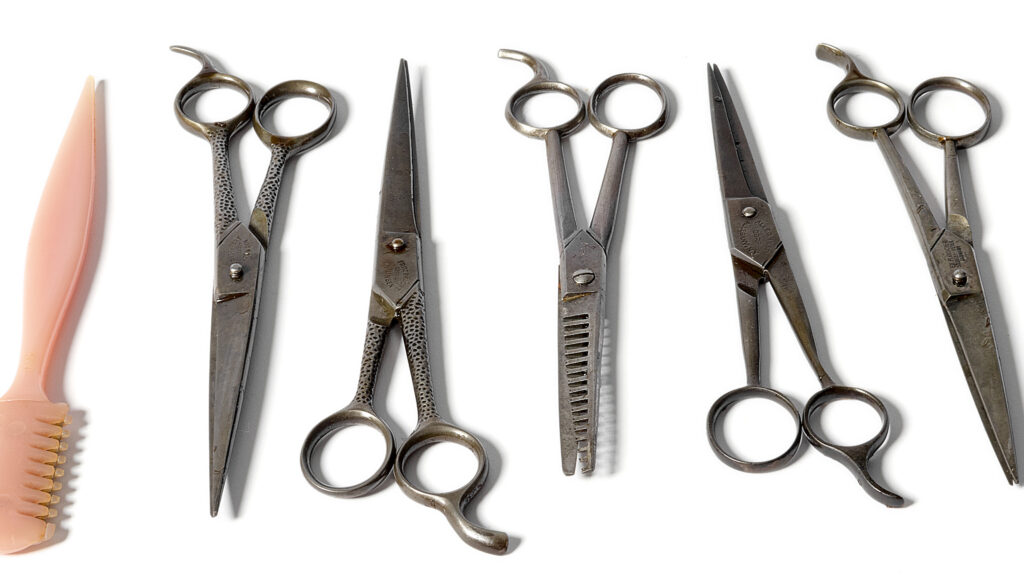
When you picture a barbershop or hairdresser’s today, what comes to mind? The hum of hairdryers, the sizzle of curling irons, the buzz of electric clippers? Now, imagine stepping back eighty years to the 1940s. Electronic appliances like these were nowhere to be found. So, what did a hairdresser’s shop look and sound like then? […]
Read More…
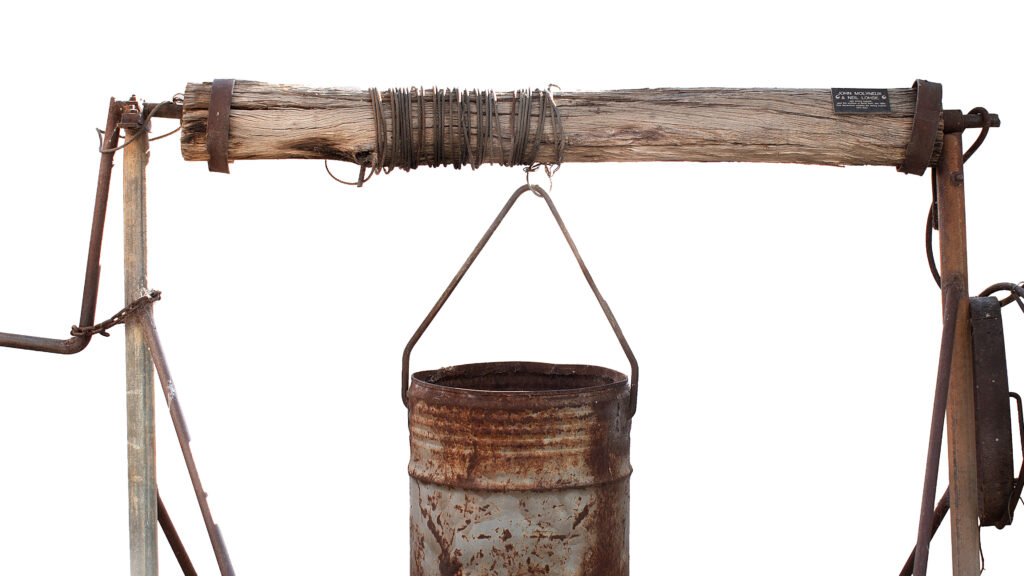
Known as the ‘miner’s mate,’ windlasses started to spring up on the morrillas (limestone ridges) of the Yuwaalaraay lands known as Wallangulla in 1900. Fast forward nine years, and the skyline of what had become known as ‘Lunatic Hill’ was littered with them. Used to winch up dirt-encrusted opals in ox-hide buckets to be picked […]
Read More…
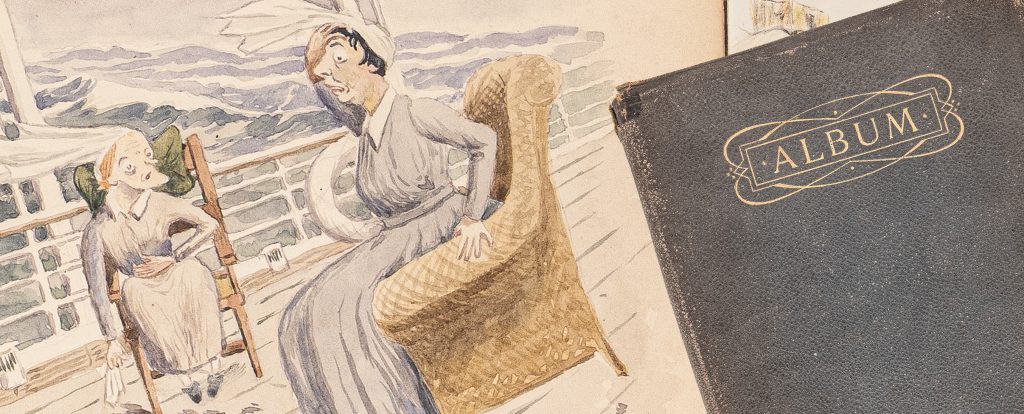
Between the covers of this album are nineteen drawings completed between March and September 1917on HMHS Takada and at the Victoria War Hospital (VWH), Bombay (Mumbai) during the First World War (WWI). The Victoria War Hospital was established in the Taj Mahal Hotel and staffed by Australian nurses including Violet Hazel Lowrey (1889–1964) of Stroud. […]
Read More…
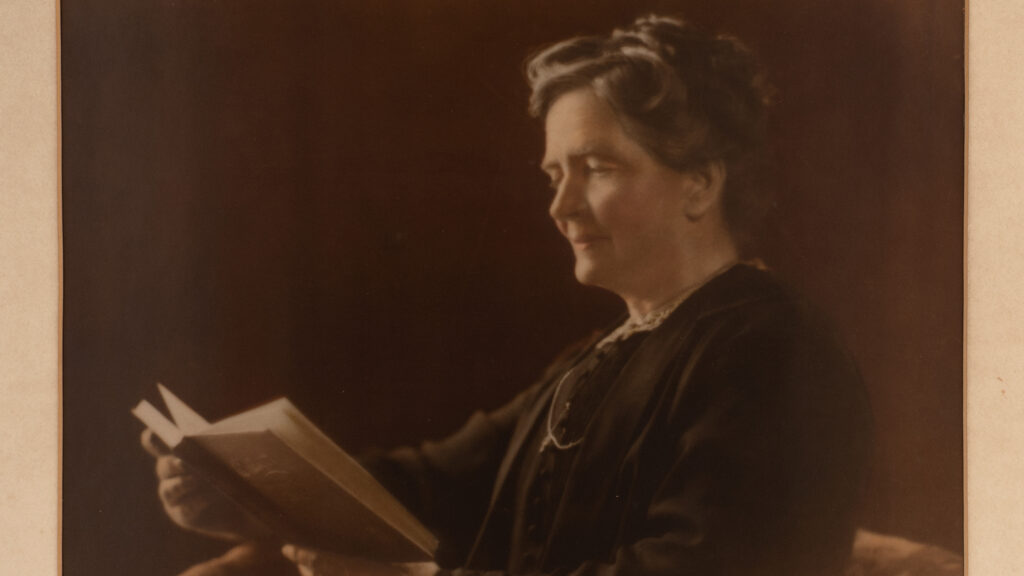
There are ‘few better loved women’ in Glen Innes, northern NSW, than Miss Kate McCann. As the longest-serving teacher at Glencoe Public School just south of Glen Innes, McCann (also known as Biddy) had a ‘kindly heart’ and ‘sterling character.’ McCann was born in Ireland in 1865 and emigrated to Australia with her family. At […]
Read More…
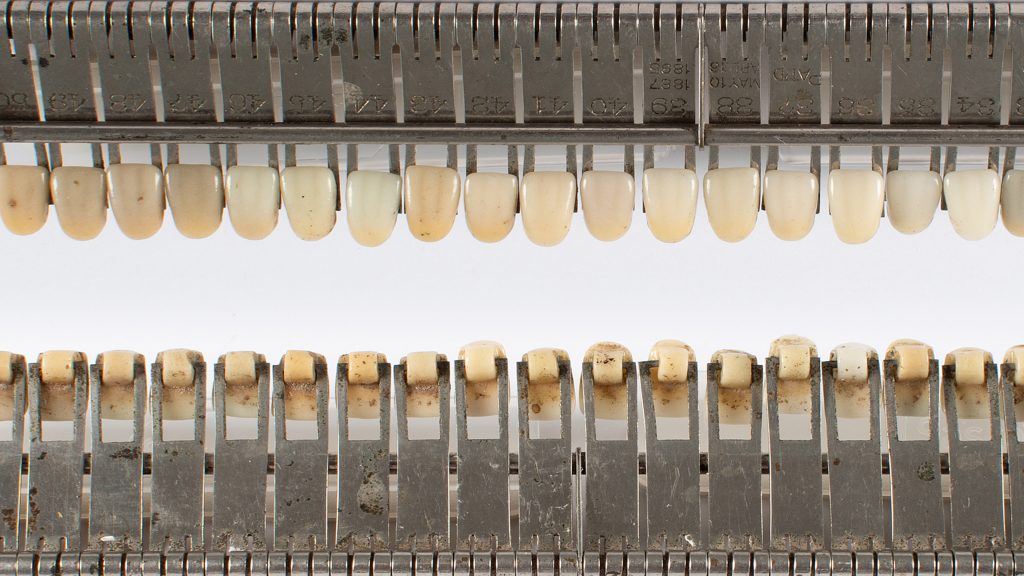
Growing up, it might have seemed unlikely that Loo Loo Ruth Amesbury (1885-1961) could truly follow in her father’s footsteps. After all, Edward Percy Amesbury (1842-1912) was the local dentist in the town of Glen Innes, on Ngoorabul country, and becoming an apprentice dentist was not what most would consider ‘women’s work’ at the time. […]
Read More…
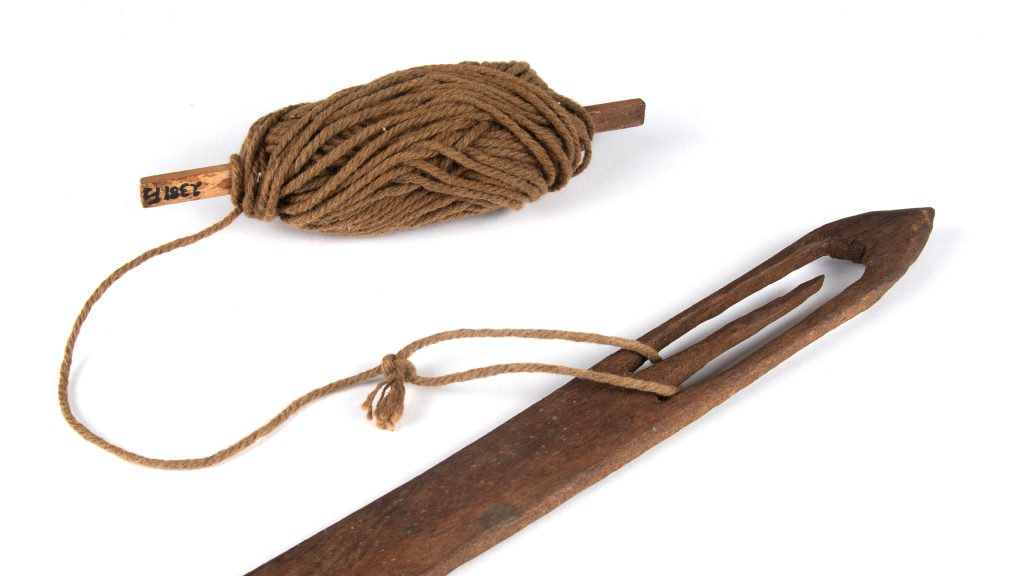
Hiding a fascinating story behind its deceptively simple appearance, this wooden shuttle was used during the Pacific War (1944 – 1945) to weave green camouflage netting, intended to be used by soldiers stationed in the Pacific. World War II placed an unprecedented demand on Australian communities. As men answered the call to fight, women increasingly […]
Read More…
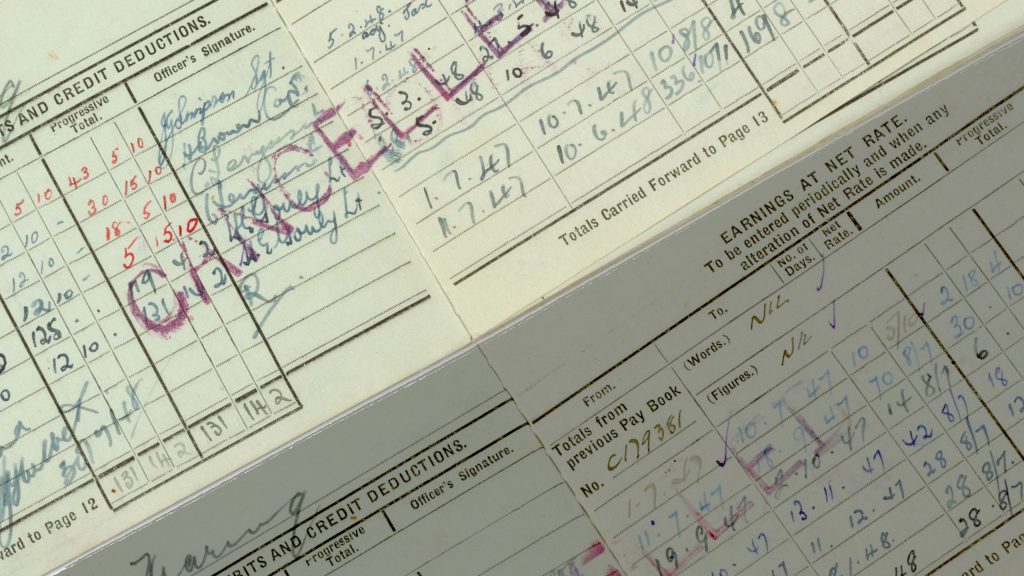
The World Wars unfolded as both harrowing battlefields and captivating cultural stages, with one of its greatest conflicts becoming the evolving role and recognition of women as they contributed to Australia’s military effort. During WWI, women’s direct involvement in the military beyond Australian soil was limited to a few thousand nursing roles. While some women […]
Read More…
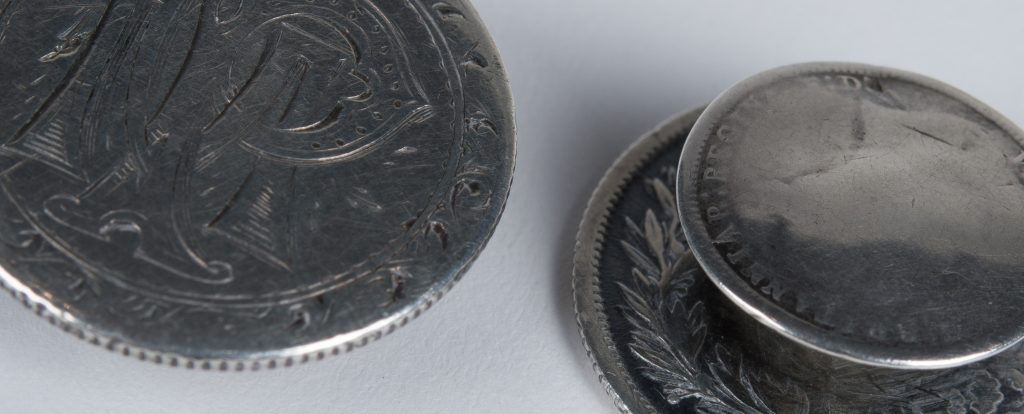
Margaret Prendergast was born on the 2nd of May 1854 in Clonpet, Tipperary in Ireland. Only eighteen years later and half a world away in southern New South Wales, Margaret became the school teacher at St. Patrick’s Catholic School in Holbrook, a town which at that time was known as Germanton. These silver cufflinks were […]
Read More…
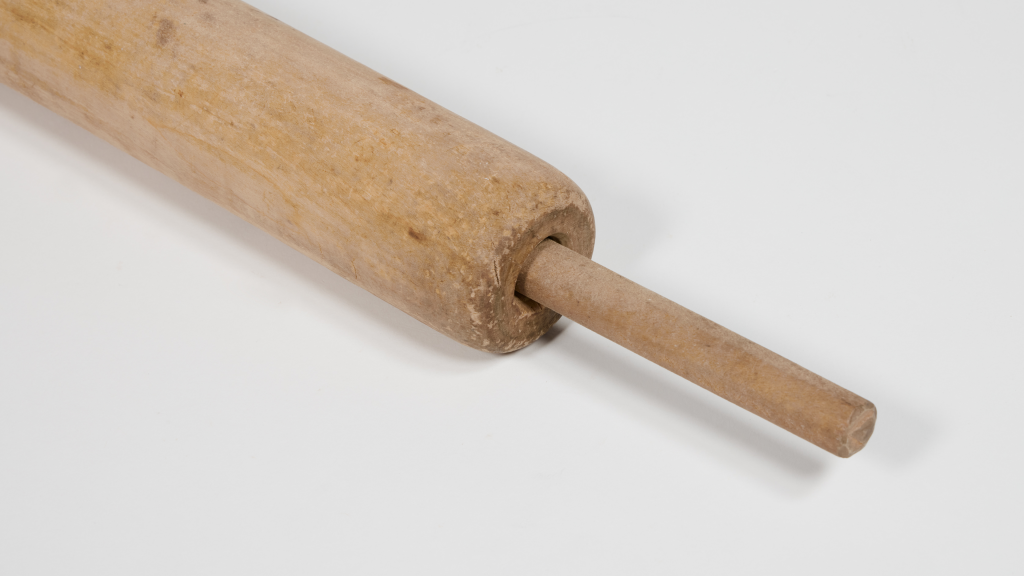
In a kitchen on the NSW South Coast, probably in the early twentieth century, a woman used this rolling pin almost daily for making her family’s meals. Before pastry, scones, and biscuits could be bought ready-made in supermarkets, the kneading and flattening of dough with a rolling pin was an everyday ritual in most kitchens. […]
Read More…











